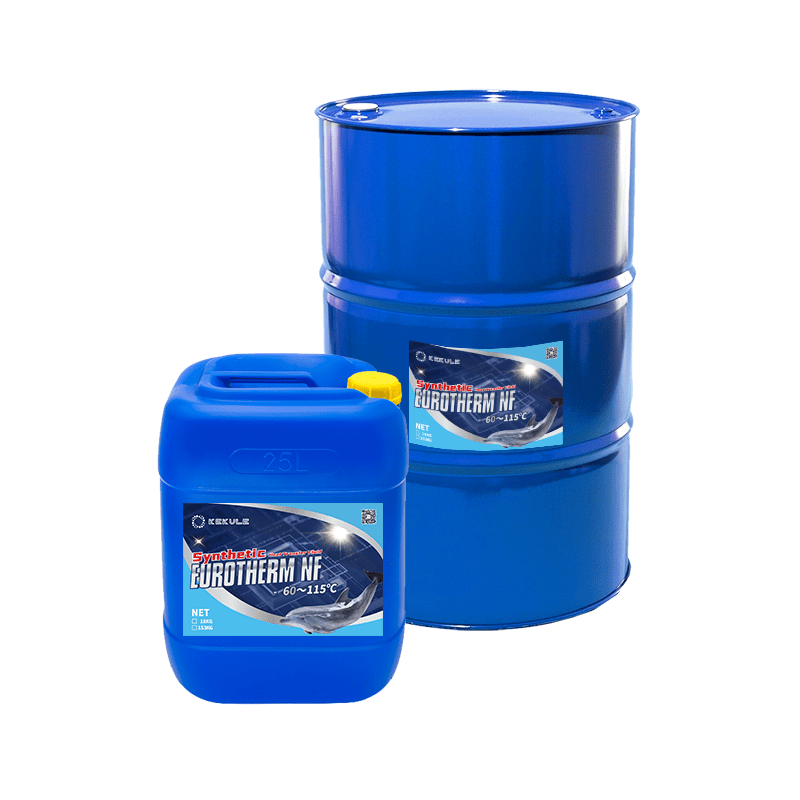The Of Chemie
The Of Chemie
Blog Article
6 Simple Techniques For Chemie
Table of ContentsChemie - TruthsNot known Facts About ChemieNot known Factual Statements About Chemie 8 Simple Techniques For ChemieThings about ChemieTop Guidelines Of Chemie
By Bojanna Shantheyanda, Sreya Dutta, Kevin Coscia and David SchiemerDynalene, Inc. Liquid cooling, which can be accomplished utilizing indirect or direct ways, is utilized in electronics applications having thermal power densities that might go beyond risk-free dissipation with air cooling. Indirect fluid air conditioning is where heat dissipating digital components are physically divided from the fluid coolant, whereas in situation of direct cooling, the parts remain in straight call with the coolant.In indirect cooling applications the electrical conductivity can be vital if there are leakages and/or spillage of the fluids onto the electronics. In the indirect air conditioning applications where water based fluids with rust preventions are usually utilized, the electrical conductivity of the fluid coolant primarily depends upon the ion focus in the liquid stream.
The rise in the ion concentration in a shut loophole liquid stream might take place because of ion seeping from steels and nonmetal elements that the coolant liquid touches with. Throughout operation, the electric conductivity of the fluid might raise to a level which might be dangerous for the air conditioning system.
How Chemie can Save You Time, Stress, and Money.
(https://myanimelist.net/profile/chemie999)They are grain like polymers that can trading ions with ions in a service that it touches with. In the present work, ion leaching tests were executed with numerous steels and polymers in both ultrapure deionized (DI) water, i.e. water which is treated to the highest degree of pureness, and low electrical conductive ethylene glycol/water mix, with the gauged adjustment in conductivity reported with time.
The examples were allowed to equilibrate at area temperature level for two days prior to tape-recording the preliminary electric conductivity. In all examinations reported in this study fluid electrical conductivity was determined to an accuracy of 1% using an Oakton disadvantage 510/CON 6 collection meter which was adjusted prior to each dimension.
A Biased View of Chemie
from the wall home heating coils to the center of the heating system. The PTFE sample containers were put in the furnace when stable state temperatures were gotten to. The test arrangement was gotten rid of from the heater every 168 hours (7 days), cooled down to space temperature with the electrical conductivity of the liquid determined.
The electric conductivity of the fluid example was checked for an overall of 5000 hours (208 days). Figure 2. Schematic of the indirect shut loop cooling experiment set-up - high temperature thermal fluid. Table 1. Elements used in the indirect closed loop cooling down experiment that touch with the liquid coolant. A schematic of the speculative setup is revealed in Figure 2.

Get This Report about Chemie
Throughout operation the fluid storage tank temperature was maintained at 34C. The change in fluid electric conductivity was monitored for 136 hours. The fluid from the system was gathered and saved. Similarly, shut loop examination with ion exchange material was accomplished with the same cleansing procedures employed. The initial electric conductivity of the 230ml UP-H2O in the system determined 1.84 S/cm.

0.1 g of Dowex resin was added to 100g of liquid examples that was absorbed a separate container. The mix was stirred and transform in the electric conductivity at room temperature was gauged every hour. The gauged modification in the electrical conductivity of the UP-H2O and EG-LC test liquids consisting of polymer or metal when involved for 5,000 hours at 80C is shown Figure 3.
Unknown Facts About Chemie
Figure 3. Ion seeping experiment: Calculated change in electrical conductivity of water and EG-LC coolants including either polymer or metal samples when immersed for 5,000 hours at 80C. The outcomes show that metals contributed less ions right into the fluids than plastics in both UP-H2O and EG-LC based coolants. This can be due to a slim steel oxide layer which may serve as a barrier to ion leaching and cationic diffusion.
Liquids consisting of polypropylene and HDPE showed the most affordable electrical conductivity changes. This might be because of the brief, stiff, straight chains which are less most likely to add ions than longer branched chains official website with weak intermolecular pressures. Silicone likewise executed well in both test liquids, as polysiloxanes are typically chemically inert due to the high bond power of the silicon-oxygen bond which would protect against degradation of the product into the liquid.
All About Chemie
It would certainly be expected that PVC would create similar outcomes to those of PTFE and HDPE based on the similar chemical frameworks of the products, nonetheless there may be various other contaminations existing in the PVC, such as plasticizers, that may affect the electric conductivity of the liquid - silicone synthetic oil. Furthermore, chloride teams in PVC can likewise seep right into the examination fluid and can cause a rise in electric conductivity
Buna-N rubber and polyurethane revealed indicators of destruction and thermal decay which recommends that their feasible energy as a gasket or glue material at greater temperatures could result in application issues. Polyurethane entirely degenerated right into the test liquid by the end of 5000 hour test. Number 4. Prior to and after photos of steel and polymer samples immersed for 5,000 hours at 80C in the ion leaching experiment.
Calculated modification in the electric conductivity of UP-H2O coolant as a feature of time with and without material cartridge in the shut indirect cooling loophole experiment. The measured adjustment in electric conductivity of the UP-H2O for 136 hours with and without ion exchange resin in the loophole is shown in Figure 5.
Report this page